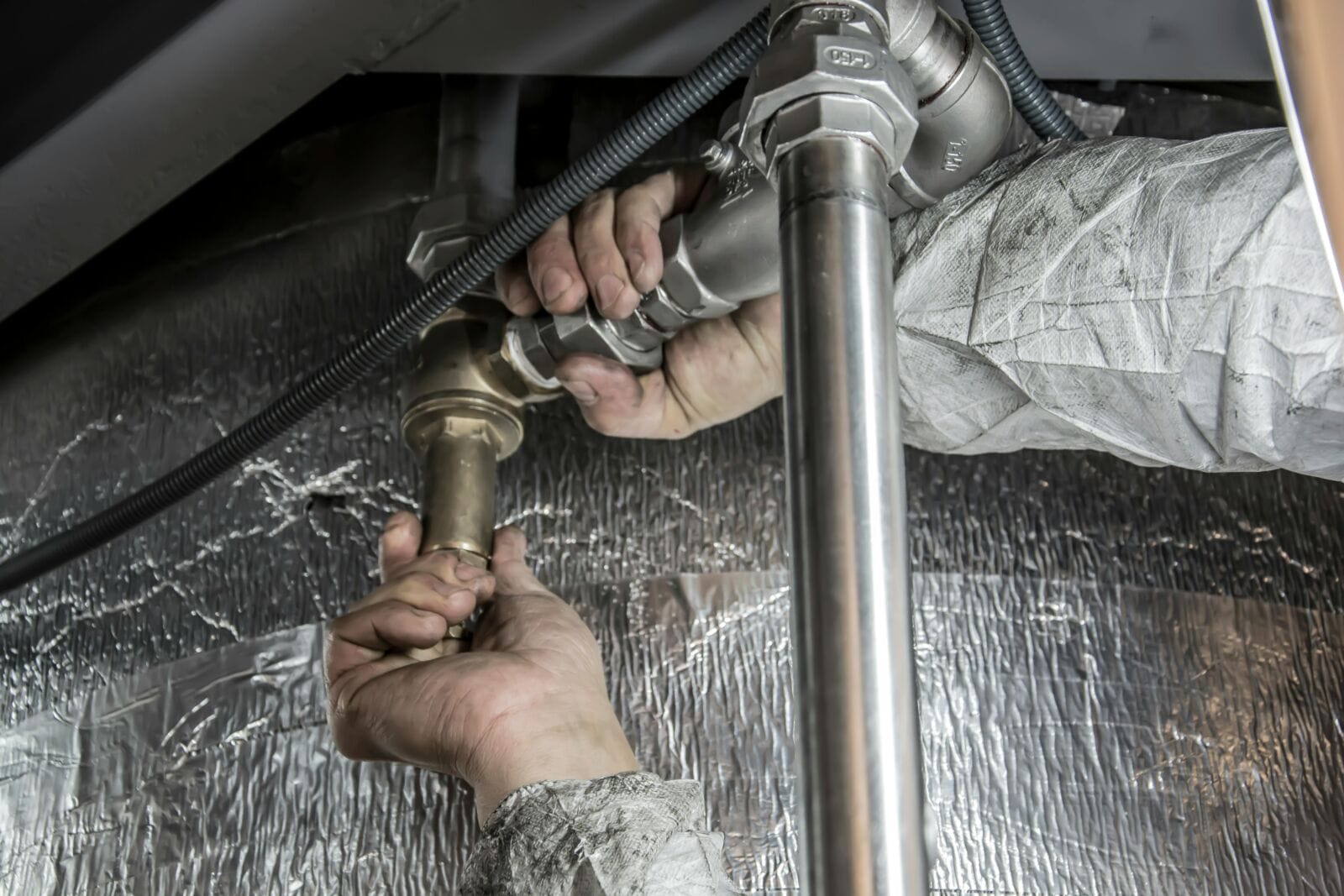Understanding the differences between sanitary fittings and regular fittings is essential for anyone working with plumbing systems. Sanitary fittings, such as sanitary tees, are specifically designed to prevent the backflow of waste, ensuring a more hygienic system. Regular fittings, on the other hand, do not provide this critical function, making them suitable for different applications where sanitation is less of a concern.
Sanitary fittings often feature smooth surfaces and are constructed from corrosion-resistant materials, which makes them ideal for environments where cleanliness is paramount, such as food processing or pharmaceuticals. Regular fittings may not offer the same level of material quality and are typically used in less sensitive applications.
For those looking to buy sanitary fittings, it is crucial to consider both the design and function suitable for specific plumbing needs. Whether you’re integrating a sanitary tee to connect horizontal pipes to vertical ones or choosing a regular fitting for a non-critical system, understanding these differences can lead to better decisions in your projects.
Key Takeaways
- Sanitary fittings prevent waste backflow.
- Regular fittings are used in non-hygienic applications.
- Material and design vary between fittings.
Comparing Material and Design
Sanitary fittings and regular fittings differ significantly in terms of material and design properties. This impacts both their physical and chemical performance in various plumbing applications.
Physical Properties
Sanitary fittings are often made from materials like copper, stainless steel, and PVC. These materials offer a balance of rigidity and flexibility, essential for preventing leaks and ensuring efficient fluid flow. For instance, PVC comes in different types like Schedule 40, Schedule 80, and Schedule 120, each indicating varying wall thickness and durability.
Copper fittings, known for their ductility and corrosion resistance, are typically used in environments requiring a secure and long-lasting connection. Stainless steel is another popular choice due to its excellent impact resistance and ability to withstand high temperatures.
In contrast, regular fittings might be made from cheaper plastics or less durable metals. They often don’t need to meet the same stringent hygiene standards and may lack the specialized shapes and thicknesses that enhance performance in sanitary applications.
Chemical and Environmental Considerations
Sanitary fittings are designed to resist harsh chemical environments and varying environmental conditions. PVC-U(unplasticized PVC) is notable for its chemical resistance and durability against various acids and bases. This feature is crucial for maintaining hygienic conditions in plumbing systems.
Stainless steel and copper also offer excellent corrosion resistance, making them suitable for drinking water systems and reducing the risk of contamination. These materials can withstand UV exposure and other environmental factors, ensuring longevity and reliability.
On the other hand, regular fittings may use less-resistant materials like basic plastics or lower-grade metals. These materials may degrade faster when exposed to chemicals common in plumbing environments, leading to increased maintenance and potential health risks. Ensuring the use of appropriate material is critical for both functionality and safety.
Functional Differences in Plumbing Systems
Sanitary and regular fittings differ significantly in their installation processes and maintenance requirements, as well as their performance and specific applications within plumbing systems.
Installation and Maintenance
Sanitary fittings generally require a more rigorous installation process compared to regular fittings. They are designed to connect to pipes in a way that minimizes contamination and ensures a hygienic seal.
Materials: Sanitary fittings often use stainless steel or schedule 80 PVC for their durability and resistance to corrosion.
Installation Process: Precise installation is crucial to prevent leaks and ensure proper function. For instance, sanitation systems often incorporate fittings for smooth flow and venting to avoid blockages and backups.
Maintenance: These fittings offer easier maintenance due to their smooth interior surfaces that resist clogs and support effective cleaning. Proper ventilation and venting are also essential to prevent sewer gasses from entering living spaces.
Performance and Application
Sanitary fittings are designed for optimal performance in terms of drainage, venting, and pressure management. They ensure the efficient removal of waste with minimal turbulence and clogging.
Drainage and Venting: The design of sanitary fittings like tees and wyes aids in directing flow and venting gasses, which is critical in preventing pressure buildup and leaks.
Usage: In commercial and residential settings, these fittings are ideal for applications requiring high hygienic standards. They are frequently used in sewage and high-pressure piping systems where their efficient flow and impact resistance are paramount.
Cost and Availability: Though often more costly than regular fittings, their durability and functionality justify the price. Sanitary fittings are readily available but selecting the right type and material is essential for the longevity and performance of the plumbing project.
Conclusion
Sanitary fittings are essential for environments demanding high levels of cleanliness, such as in food processing and pharmaceuticals. Regular fittings, on the other hand, serve general plumbing and industrial purposes. The key differences lie in materials, construction, and applications. Sanitary fittings are often made of stainless steel and feature designs that minimize contamination, while regular fittings can be made of various materials and do not prioritize sterility.




